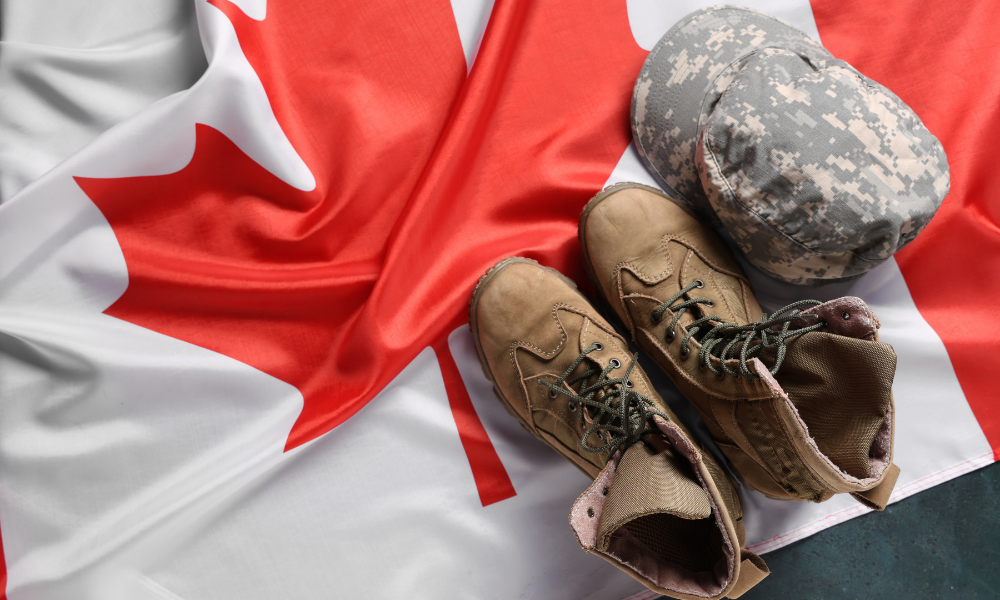New bank will channel private capital into defence as Ottawa accelerates spending to meet alliance target

Canada will reach its NATO defence spending target this year — and the Royal Bank of Canada (RBC) will play a role in shaping the financial infrastructure that could sustain that commitment.
According to the Financial Post, RBC will join some of the world’s largest lenders to develop the Defence, Security and Resilience Bank (DSRB), a new multilateral institution modelled after the World Bank that will finance defence-related projects for NATO members and allies.
The DSRB is expected to have 40 shareholder countries and begin operations by late 2026.
Kevin Reed, president of the DSRB Development Group, said RBC’s participation “is a great representation for Canada” and positions the bank “front-of-the-line” to offer services once the institution launches.
The DSRB’s first organized meeting will take place in September, where decisions on its headquarters and first president will be discussed.
Reed added that hosting the bank’s head office in Canada could create up to 4,000 jobs.
As reported by the Financial Post, other confirmed participants include JPMorgan Chase & Co. in the United States, ING Group NV in the Netherlands, and Commerzbank AG and Landesbank Baden-Württemberg in Germany.
These lenders will help mobilize investor capital and “design resilient financial architecture,” providing expert input on capital structuring, investor engagement, ratings advisory, and risk and asset-liability management.
According to the DSRB, shareholder nations are likely to contribute between US$65bn and US$70bn in capital to secure a triple-A credit rating.
The bank then intends to raise additional funds in the bond market to expand lending in the defence sector.
While most loans will go to member countries, those without a triple-A rating will be able to access lower-cost financing through their membership.
The bank will also support commercial banks in lending to defence-related companies, a sector that has often been avoided.
NATO members are currently expected to spend at least 2 percent of gross domestic product (GDP) on defence, with discussions underway about raising that target to 5 percent by 2035.
Canada’s defence spending is estimated at 1.37 percent of GDP in 2024, the lowest among G7 NATO members, according to RBC Economics.
Canada’s initial plan, outlined in its Our North, Strong and Free strategy, was to reach the 2 percent target by 2032.
However, as per RBC Economics, the federal government’s June 9 announcement of $9.2bn in new funding for 2024 will raise spending to 2 percent this year.
Maintaining that level would require about $62bn in incremental spending over the next five years.
The Department of National Defence represents about 80 percent of NATO-related spending in Canada.
Historically, 50 percent has gone to personnel, 25 percent to operations and readiness, 20 percent to capital, and 5 percent to infrastructure.
Planned increases in major equipment purchases are expected to shift this balance.
Canada’s defence production industry generated $14.3bn in revenue from 586 firms in 2022, according to Statistics Canada.
Canadian-owned firms made up 408 of these companies, accounting for half of industry sales and sourcing 61 percent of their supply chain domestically.
The United States was the largest export market, representing 61 percent of export sales.
Scaling up output could require targeted support, as Statistics Canada data shows about 45 percent of defence firms were operating at 90 to 100 percent capacity in 2022.
While policies such as the Industrial and Technology Benefits Policy encourage domestic procurement, Canada faces competition from established global producers, particularly in the US.
NATO Secretary General Mark Rutte has said a 5 percent spending goal could be discussed, comprising a 3.5 percent hard target and a 1.5 percent soft target for related investments such as port or AI infrastructure.
Prime Minister Mark Carney has stated that Canada will accelerate defence investments to respond to the evolving global security environment.



